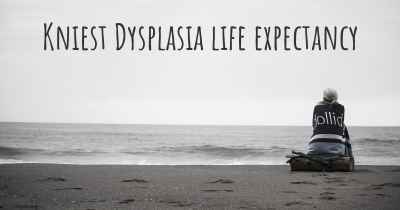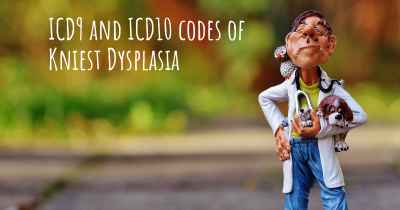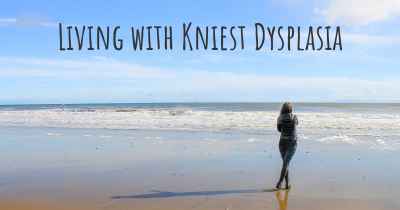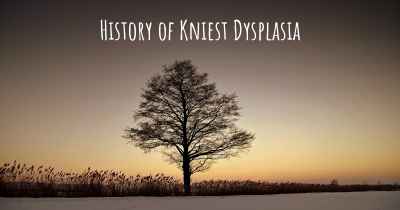Is Kniest Dysplasia hereditary?
Here you can see if Kniest Dysplasia can be hereditary. Do you have any genetic components? Does any member of your family have Kniest Dysplasia or may be more predisposed to developing the condition?
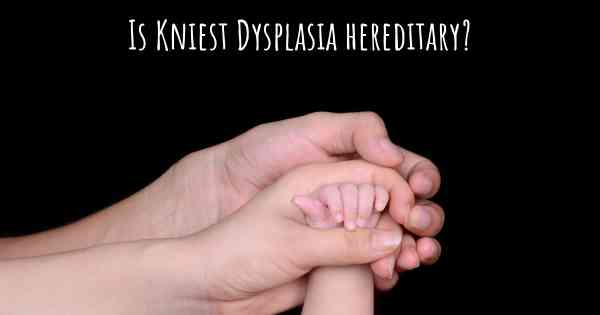
Kniest Dysplasia is a rare genetic disorder characterized by abnormal bone development. It is hereditary and follows an autosomal dominant pattern of inheritance. This means that if one parent carries the mutated gene, there is a 50% chance of passing it on to their children. However, it is important to consult with a genetic counselor or healthcare professional for a comprehensive understanding of the inheritance pattern and specific risks in individual cases.
Kniest Dysplasia and Heredity
Kniest Dysplasia is a rare genetic disorder that affects the development of bones and connective tissues. It is characterized by short stature, a flattened midface, and other skeletal abnormalities. One common question that arises is whether Kniest Dysplasia is hereditary.
Genetic Cause:
Kniest Dysplasia is caused by mutations in the COL2A1 gene, which provides instructions for making a protein called type II collagen. This protein is essential for the normal development of bones and other connective tissues. The mutations in the COL2A1 gene disrupt the production or structure of type II collagen, leading to the characteristic features of Kniest Dysplasia.
Inheritance Pattern:
Kniest Dysplasia follows an autosomal dominant inheritance pattern. This means that a person with Kniest Dysplasia has a 50% chance of passing the condition on to each of their children. Both males and females can be affected by the disorder.
Genetic Testing and Counseling:
If there is a family history of Kniest Dysplasia or if an individual is suspected to have the condition, genetic testing can be performed to identify mutations in the COL2A1 gene. Genetic counseling is recommended for individuals and families affected by Kniest Dysplasia to understand the inheritance pattern and the risks associated with having children.
Conclusion:
In summary, Kniest Dysplasia is a hereditary condition caused by mutations in the COL2A1 gene. It follows an autosomal dominant inheritance pattern, meaning affected individuals have a 50% chance of passing the condition on to their children. Genetic testing and counseling can help individuals and families understand the risks and make informed decisions.
Posted Oct 31, 2018 by Shere 2500
